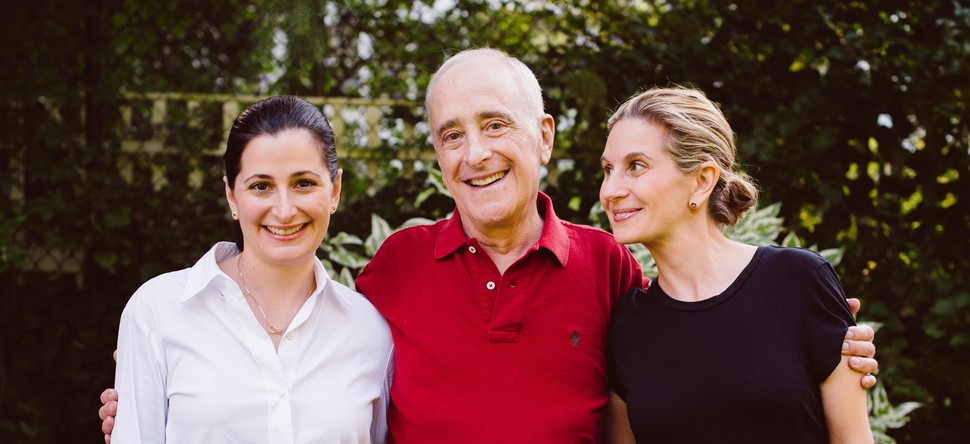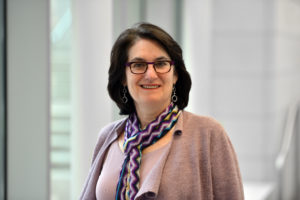The two east coast transplants, who now reside in the Los Angeles area, both work in the entertainment industry. And they felt their professional connections and experience could help get the word out about Gliogene and generate awareness to ensure Dr. Bondy reaches her enrollment goal for this next phase of the study.
“We set out to pour whatever resources we could into awareness,” says Carrie. “Our efforts are stymied by the fact that there is no broad awareness about this. So that’s really where we’re focused on in our efforts.”
Yet, their quest was never meant to end at just knowledge and understanding.
“We’re hoping that, eventually, the knowledge will meet the technology, the science, the precision medicine, and all the promising things that cancer research has in store,” Hadley says.
Dr. Bondy is clear about the potential promise and goal of her work. “Our hope is that results from Gliogene will further brain cancer screening and prevention strategies for future generations,” she says.
Getting Involved
“What I really want to be able to do in the end is be able to tell people what their risk of developing the disease is based on what genes they might have that could cause the glioma,” Dr. Bondy states.
To get to a BRCA-level of understanding, confidence, and awareness for familial glioma, researchers need more families, larger data sets, and larger sample size to see what genes are important to glioma risk.
“It’s so important to have people like Carrie and Hadley who are willing to participate in the research,” says Dr. Bondy. “Research is knowledge. It gives us information. That’s why it’s important.”
Aptly, the latest phase of the Gliogene study officially launched and opened for enrollment on Wednesday, May 15, 2019.
“There is not a lot we can tell families that have had the awful experience of having not one, but multiple, brain cancers in the family,” says NBTS CEO David Arons. “And for some, it’s a helpless feeling having no idea why — why this happened to them, why it happened to their family. We believe this effort, led by one of the best in the field, is a very constructive avenue for those agonizing over the ‘why’ to participate in research that can possibly get some answers. Additionally, we share Dr. Bondy and the Davis’s hope that this study can lead us one step further toward identifying risk factors which could eventually facilitate potential screening and earlier-detection strategies; something this field has always lacked.”
Interested individuals/families can get more information about participating. The researchers would also like to hear from families that participated in the original, first phase of Gliogene if there are any new updates to their family history.
For those in the brain tumor community without a family history of more than one glioma, who would still like to help (Dr. Bondy says that, “One of our thoughts was that if we identified genes in families that they would be important for us, too, for sporadic cases as well.”), spreading the word about this research is another avenue support the Gliogene effort.
*More specifically the exomes — or the regions of the genome that contains the genes that contain the instructions to make protein products – of these individuals.
**The “penetrance” of the inherited mutations in the POT1 gene – that is the proportion of patients who have the mutation and actually go on to develop the disease – is also not believed to be high. A disease is said to have “complete” penetrance if clinical symptoms are present in all individuals who have the disease-causing mutation. This means not every person carrying a mutated variant of the POT1 gene (which is believed to be less than 1% of the general population) will necessarily develop a glioma. This is because complex disorders, like brain tumors and cancers, are thought to result from the accumulating effect of multiple, rare gene mutations (both inherited and non-inherited) occurring over time and often influenced by the environment and other risk factors not yet known. As Dr. Bondy puts it, these findings “could be an important piece of a very complex puzzle.”





